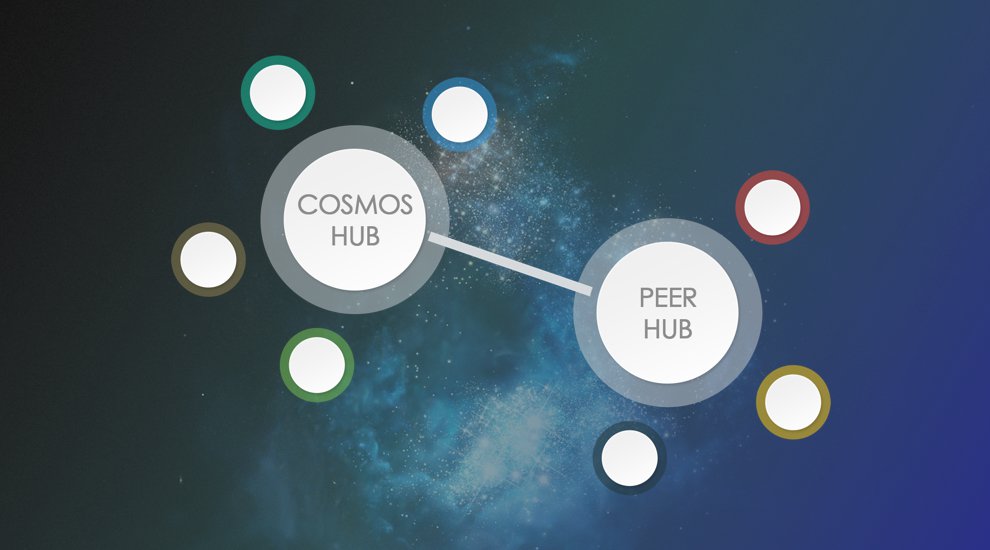Tendermint Wins Innovation Award and Announces Cosmos at International Blockchain Week
Blockchain app specialist, Tendermint, winner of the 20,000 RMB prize for the “Most Innovative” Award at the International Blockchain Week Demo Day in Shanghai, has announced the unveiling of Cosmos, a novel blockchain network designed to solve an array of problems that currently hinder blockchains and digital currencies: a lack of interoperability, scalability and capacity for upgrades.
Speaking to Bitcoin Magazine, Jae Kwon, CEO of Tendermint, explained that the goal of Cosmos is to eliminate the dependence on exchanges and create a decentralized network to allow the free flow of digital currencies.
What is Cosmos?
Cosmos is a network of independent parallel blockchains each driven by the Byzantine fault tolerant (BFT) consensus algorithm, similar to Tendermint.
The first blockchain in the Cosmos network is the Cosmos Hub, which connects to other blockchains — also referred to as “zones” — through an innovative inter-blockchain communication (IBC) protocol that will support bitcoin, ether and all other major digital currencies.
Through the hub, which hosts a multi-asset distributed ledger, data and tokens can be held by individuals or by the Cosmos zones. The data and tokens can also be transferred from one zone to another in an IBC packet (called a “coin packet”) throughout the hub, sender, and receiver blockchains.
Kwon stated that by creating a federation of blockchains using Tendermint proof-of-stake to secure the hub and zones, sending and receiving tokens from one zone to another is quick, without the need to wait an hour for proof-of-work mining to add additional confirmations.
“Additionally, it means anyone can create their own proof-of-stake chain or Tendermint-powered consortium chain and be a part of this federation,” he said.
However, in order for it to be successful, there are still matters that need to be overcome.
“The hub will be permissionless, so there will be challenges in constructing the policy and protocol framework for dealing with zone failures,” Kwon said.
The Cosmos Zone
As an independent blockchain, a Cosmos zone exchanges IBC messages through the hub. The hub sees a zone as a multi-asset, dynamic-membership, multi-signature account that is able to send and receive tokens utilizing IBC packets.
However, just like a digital currency account, a zone does not have the ability to transfer tokens beyond the amount it holds at any one time, but it can receive tokens from others if they have them.
Through the use of Cosmos, different blockchains will run simultaneously with one another. Kwon explained that one of the benefits of this is that it makes it easy for blockchains to interoperate with each other, unlike existing proposals that aim to develop a single blockchain with total global transaction ordering.
“We could have an Ethereum zone and a Zcash zone both connected to the hub, and you’d be able to use your tokens in a Solidity smart contract, but also anonymize them by going through the Zcash zone,” he said.
At present, this kind of interoperability between blockchains is still an open problem, but with Cosmos, blockchain developers can focus on their core competency, so the whole ecosystem can become more modular, added Kwon. Furthermore, if more zones are required, the Cosmos enables blockchains to scale. Clients can simply add extra zones to handle more users and additional transactions.
“Today’s proposals for decentralized exchanges are largely built on a technique called atomic cross-chain transactions, which is trustless and great, but requires both parties to a trade to be online to make the trade,” Kwon said.
With Cosmos, traders are able to set limit orders and go offline, while the validators of the blockchain are responsible for executing trades on the user’s behalf. Reliance on central exchanges is reduced, creating more monetary liquidity.
The security of the Cosmos Hub is important, as it essentially acts as the central ledger. Because it needs to be secure enough to withstand the most severe attack scenarios, such as a nation-state sponsored attack, its security is ensured by a set of globally decentralized validators.
Even though Tendermint is the winner of the “Most Innovative” award, Kwon knows they still have a tough job ahead of them.
“We have an ambitious mission to solve a lot of the longstanding problems in the cryptocurrency and blockchain space, and we hope to achieve that in the years to come,” he added.
The post Tendermint Wins Innovation Award and Announces Cosmos at International Blockchain Week appeared first on Bitcoin Magazine.



